12 Best Open-Source CSS Frameworks 2024
Here are the best open-source CSS frameworks ranked by popularity.
CSS gives the web its cozy look. It’s an evolving styling language. Writing plain HTML is a thing of a very distant past, and the language itself (CSS) has advanced so much in recent years that it’s impossible to imagine what the web would look like without it. In the early days, much web styling could be achieved through HTML. At the same time, HTML5 and CSS3 work closely together to achieve startling results in web design, application design, and even software design.
The history of CSS is fascinating. It’s one of those things that give us an intelligible look inside the development of the structure of the web. We can see when things like Media Queries were first introduced, giving us a broader perspective to understand how long has responsive web design been around, and how much has been achieved in that time alone; advanced-level features allow designers and developers to use CSS much like a functional programming language, these days CSS can be used to incorporate advanced features like filters directly onto your web pages.
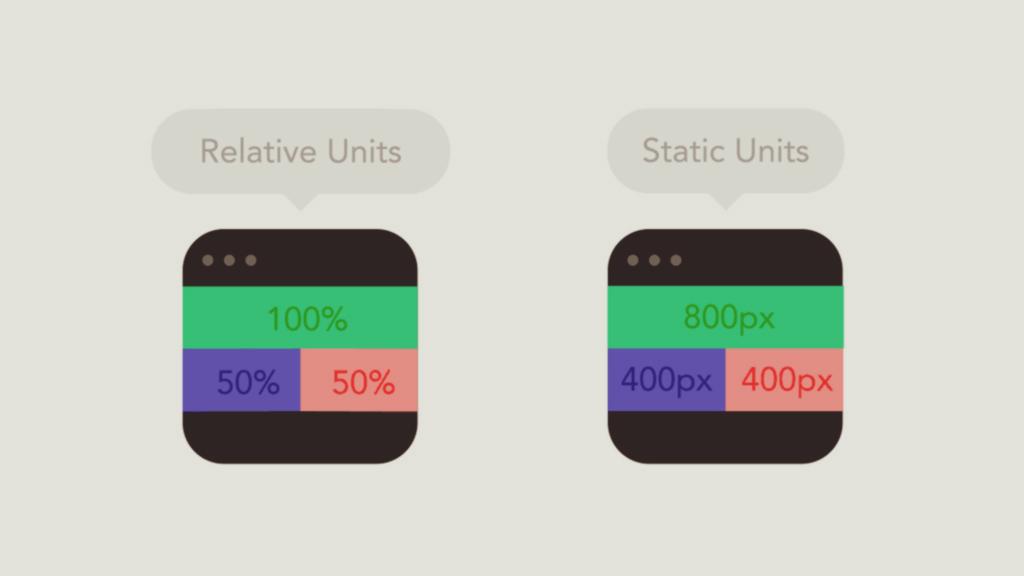
Web designer communities such as CodePen have enabled designers and creative artists to understand more the full capacity of CSS features, and each day, hundreds of new and inspirational concepts are being added to the CodePen community for indulging, exploring, and reusing within others’ own projects; tune in the Radio Station (Podcast) to get a weekly update on all the best stuff happening in the world of style sheets. CSS takes time to master, yet its importance to great web design is undeniable.
If you want to learn more about professional CSS web design, take a moment to read how GitHub uses CSS to deliver a seamless browsing experience to hundreds of millions of developers and designers across the globe, and how Medium has managed to build a minimal blogging platform, yet follows a concise style guide to ensure lasting nature.
What is a CSS framework anyway?
A CSS (Cascading Style Sheets) framework is a pre-written library of CSS code that provides a set of styles and design patterns for creating consistent and responsive web layouts. These frameworks typically include a grid system, typography, and common user interface elements such as buttons, forms, and navigation menus.
CSS frameworks can help streamline the web development process. They can save time and effort by providing a foundation of ready-made design elements and responsive layouts easily customized to suit a project’s needs. They can also help ensure consistency across a website or application, making it easier to maintain and update.
Without further ado, let’s have a look at the most popular CSS frameworks.
Most Popular and Best CSS Frameworks
| Name | What It Is | GitHub Stars | License |
|---|---|---|---|
| Bootstrap | The most popular CSS framework | 166,000 | MIT |
| TailwindCSS | Open source framework | 74,000 | MIT |
| Semantic UI | UI framework designed for theming | 50,000 | MIT |
| Bulma | Minimalistic modular CSS framework | 43,000 | MIT |
| Materialize | CSS framework based on Material Design | 38,700 | MIT |
| Foundation | Frontend framework by Zurb Foundation | 30,000 | MIT |
| Pure | Minimal open-source framework; by Yahoo | 23,000 | BSD |
| UIKit | Lightweight open source framework for the modern web. | 17,700 | MIT |
| Material UI Components for the web | Open source framework by Google | 16,500 | MIT |
| Primer | CSS design components by Github. | 11,400 | MIT |
| Pico.CSS | Minimal CSS Framework for semantic HTML | 5,800 | MIT |
1. Bootstrap

Bootstrap 5 is the world’s most popular and sought-after front-end development framework for building and rapid prototyping websites, web design concepts, and mobile web designs.
While not strictly a CSS3 framework per se, Bootstrap does involve working with CSS3 consistently. The main attraction for the framework in the first place is that it puts CSS3 to the test with modern design choices and possibilities. The CSS aspects of Bootstrap can be used to build grid systems, forms, buttons, manage images, utilize helpers, work with responsive design, and many more sub-category possibilities required in modern web design.
Millions of ready-made Bootstrap templates are available, and we used Bootstrap to create some 2,000 of them.
Main Bootstrap Features
- Responsive grid system
- Pre-built components like buttons, navbars, alerts, etc.
- JavaScript plugins and interactions
- Responsive utilities for typography, images, spacing, etc.
- SASS variables and mixins
- Mobile-first and flexbox-based
- Customizable with LESS/SASS
- Cross-browser compatibility
- Glyphicons icon font
- Extensive documentation and community
License: MIT
2. TailwindCSS

TailwindCSS has taken the world by storm since its inception. Currently, it is the second most popular framework behind Bootstrap, but it has all the characteristics to become number one very soon. It is very well documentation and has thousands of ready-made templates and elements. It is one of the lightest frameworks and is completely modular, so you can use only the parts you need and nothing else.
Main TailwindCSS Features
- Utility-first workflow
- Pre-designed utility classes for layout, typography, color, etc.
- Customizable with CSS variables
- Extends CSS instead of abstracting it away
- Mobile-first approach
- PurgeCSS for removing unused styles
- Dark mode support
- Flexbox and grid system utilities
- Pseudo-class variants
- Media query variants
- Custom forms plugin
- Spacing and sizing helpers
- Accessibility helpers
- Extensive documentation
License: MIT
3. Semantic UI
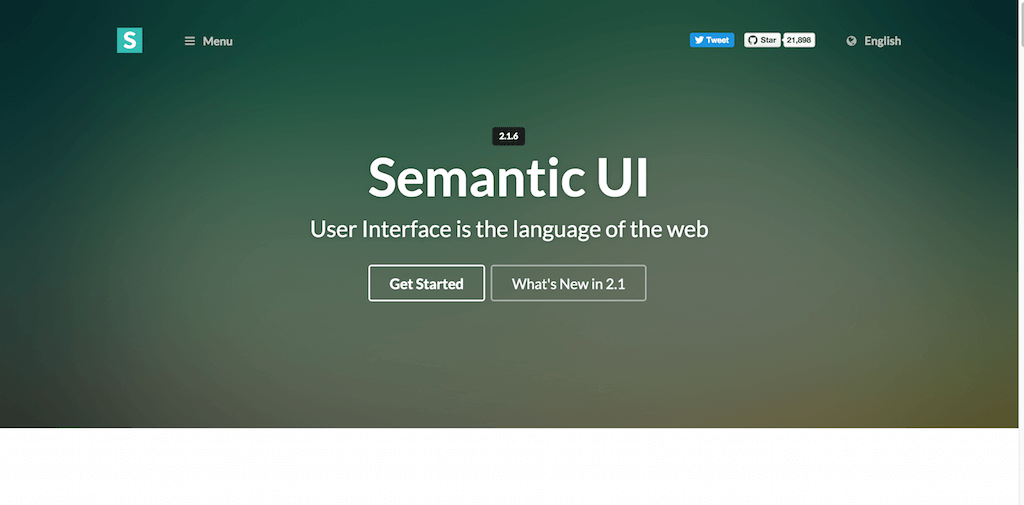
Semantic has grown in immense popularity in the last couple of years, and it’s common to see Semantic design approach being incorporated in other frameworks and tools that allow the utilization of third-party style guides. Semantic’s biggest attraction seems to be its variety of elements that can be built using Semantic — common Elements like dividers, buttons, loaders and more, but also Collections like forms and breadcrumbs, Views items like feeds and comment boxes, and sophisticated Modules ranging from popups, to dropdowns and sticky boxes.
Semantic has something to offer all levels of web designers, and it’s so easy to use within your existing styles that you will wonder why you didn’t start using this framework earlier.
License: MIT
4. Bulma
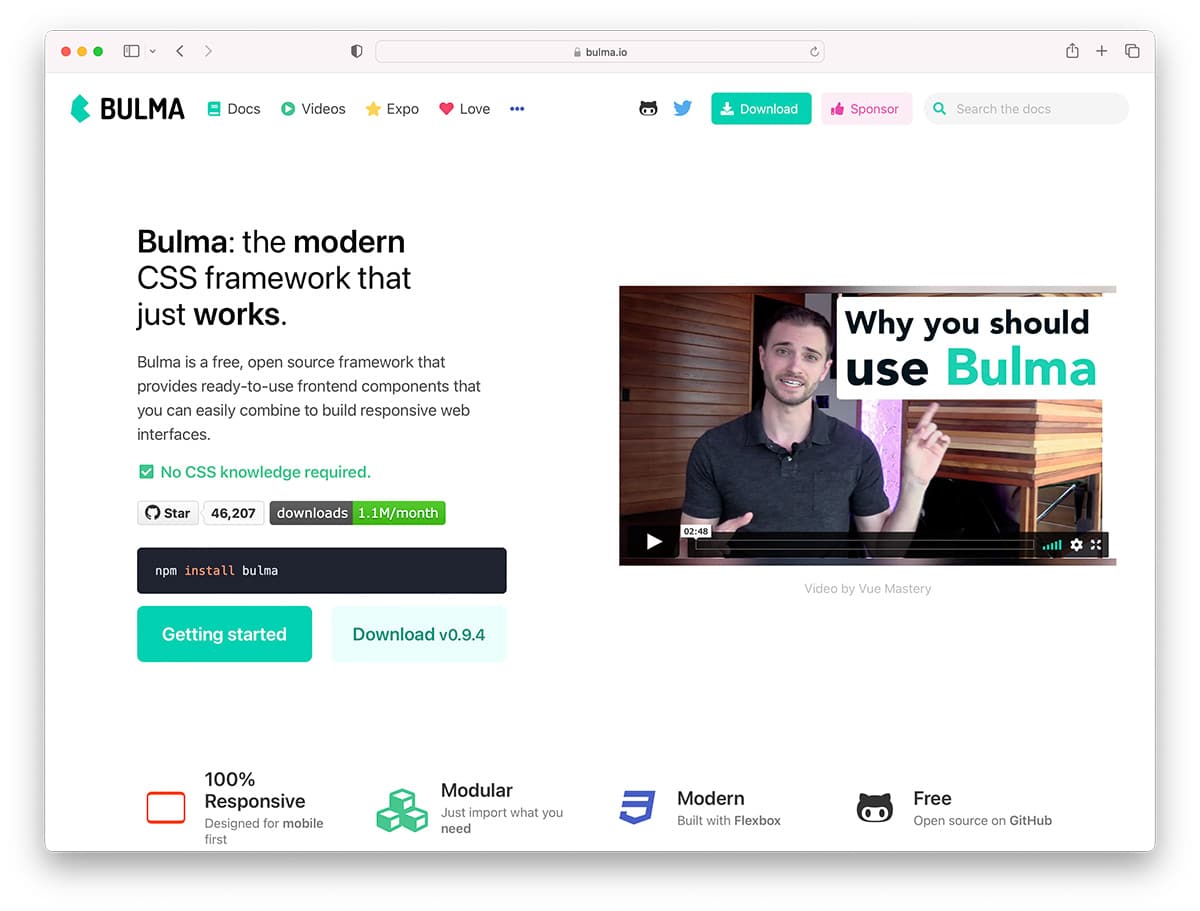
Bulma is a lightweight CSS framework for building responsive web interfaces. It is modular, meaning you can use only the necessary components, making your web project as lightweight as possible. What makes Bulma great is that it doesn’t require JavaScript. It is one of the most popular open-source CSS frameworks, with 50,000 stars on Github. Bulma has built an outstanding community around its product; therefore, there are many templates, integrations, and examples of this framework in action.
License: MIT
5. Materialize
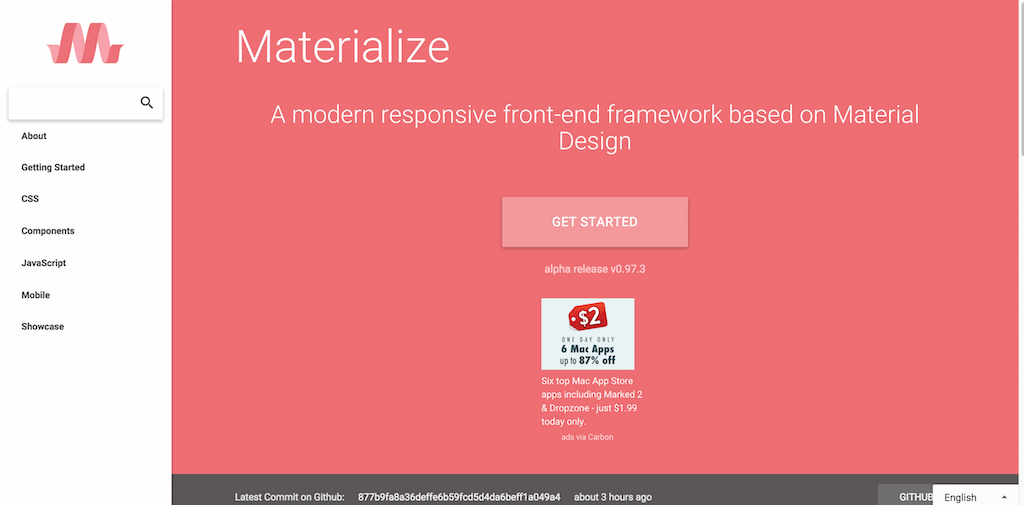
While it’s clear that material design is growing in popularity, Materialize is one of those frameworks that has surpassed everything else in terms of admiration, competition, and general functionality. Materialize has over 40,000 stars on GitHub, making it the hottest CSS-based material framework. The team at Materialize focuses on providing its users with four different strategic categories; CSS, JavaScript, Mobile and Components. Each category contains many examples and insights on better applying material design in those situations.
The showcase page is an amazing example of how the Materialize framework functions globally, and there are some great and inspiring designs to look at.
License: MIT
6. Foundation

Foundation is one of the leading front-end frameworks on the planet right now. This responsive framework provides rapid design solutions for those wishing to build websites, email templates, and web/mobile applications without investing all life’s savings into hiring professional developers. Foundation is easy to learn, and with the help of its extensive tutorials section, nothing stops anyone from becoming a Foundation master throughout a couple of weeks.
Check in with the documentation to learn more about the style guide and the available components under layouts, navigation, media, typography, controls, libraries, containers, plugins, and SASS.
License: MIT

7. Pure

Pure is one of the smallest CSS frameworks, at just 3.7KB when minified and gzipped. It doesn’t require JavaScript to work. It has very little styling applied, so you can create any custom design on top of it. Pure is built with mobile in mind, making it fully responsive.
This framework has existed for ten years and is still in active development. It is one of the best options for simplicity while having all the fundamental components.
License: BSD
8. UIkit
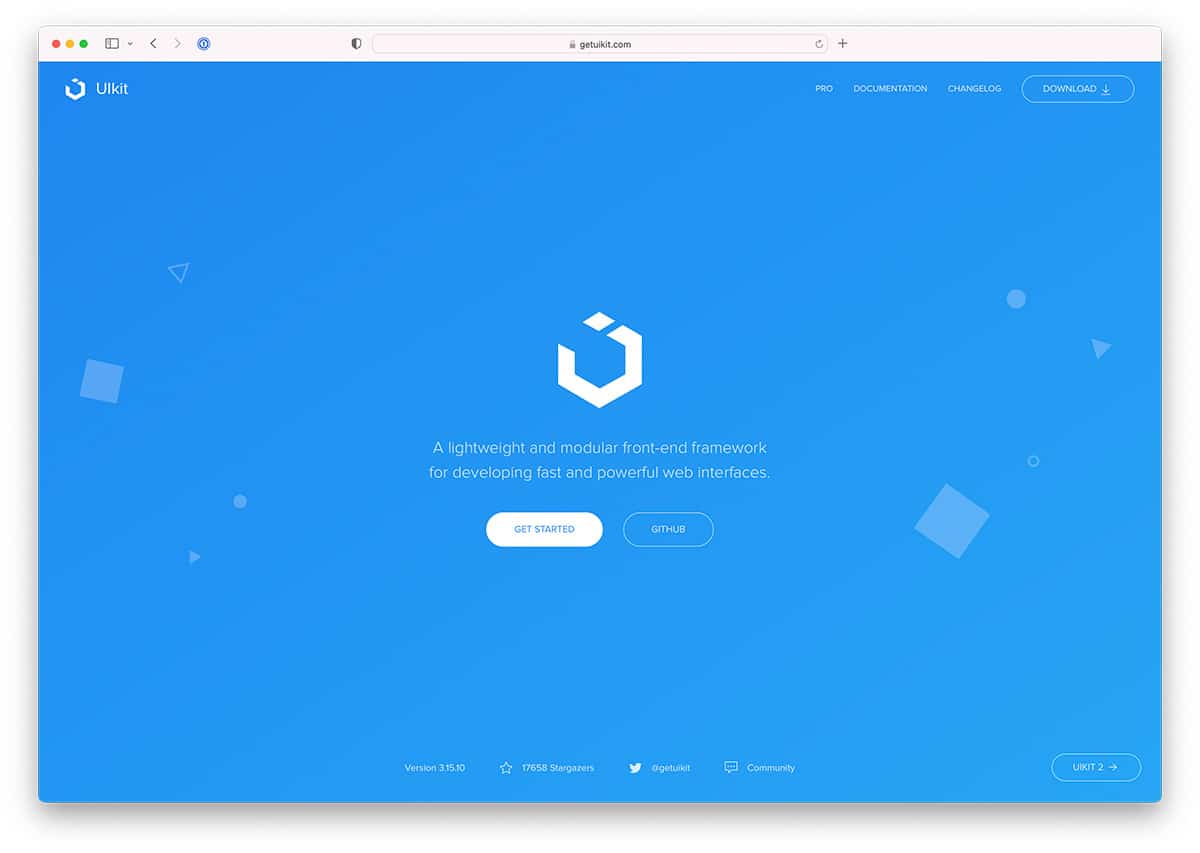
More than not, CSS is all about Web and User Interfaces. UIkit’s a module front-end design framework for helping designers built rapid web interfaces that feel and bend well. UIkit’s library provides a modern approach to displaying and using popular components. This includes navigation, common items like forms, and various JavaScript-based components. These JavaScript-based components are sliders, lightboxes, search and upload features, amongst many others. UIkit offers over 30+ modular and extendible components, which can be combined. Components are divided into different compartments according to their purpose and functionality.
Browse the showcase section to learn more about the kinds of sites that can be built using only the foundation of UIkit’s components and modules; there’s some really impressive stuff to find. You can also choose from two pre-built themes: Gradient and Flat. These provide a solid example of all UIkits’ components in a single page. It’s also a nice playground for learning more about this useful CSS3 framework. UIkit also provides its users with many tutorials for a much more relaxed learning curve.
License: MIT
9. Material Framework
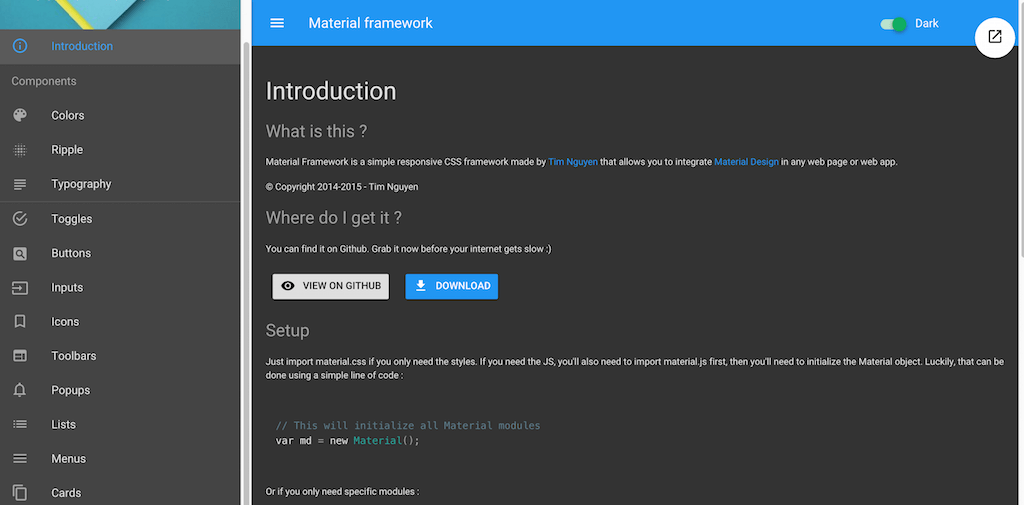
Material Design is Google’s way of telling the software industry that beautiful change can be achieved not by investing a lot of time thinking and planning, but by applying scientifically proven concepts into a simple and concise web design concept.
This framework has been rising ever since Google made the specification available. Since its inception we have seen many frameworks and tutorials sprout from the ground to help designers/developers incorporate the full potential of material design in their projects; websites, apps, platforms, and software.
Material Framework is one of the few material design frameworks we will be exploring in this post, and it’s also one of the most easy to use. The beauty of Material Framework is that it only uses CSS. Hence, you only need to load up the actual CSS library and revert to the documentation to learn how the syntax works and begin using material design elements within your web pages. Simple!
License: MIT
10. Primer
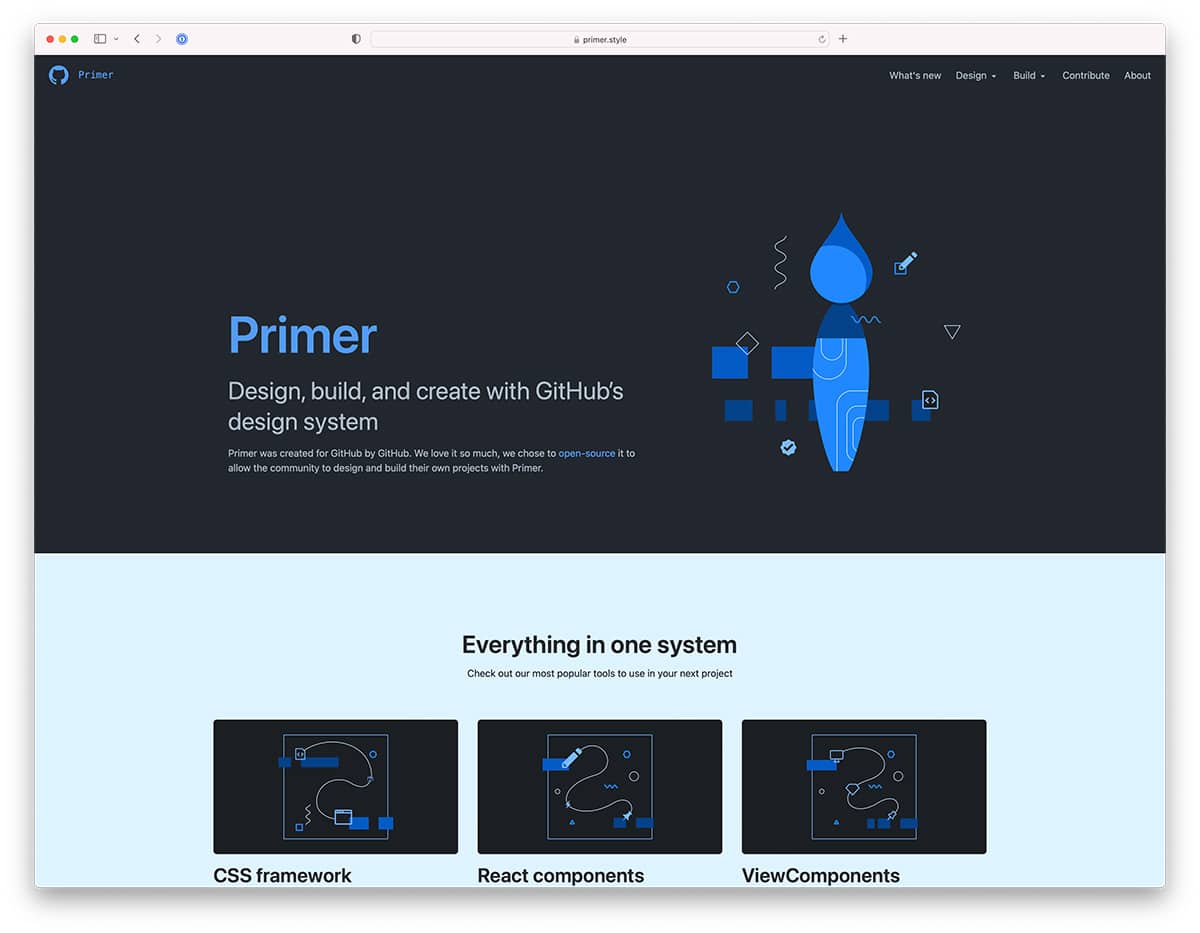
Primer is a simple design system created and maintained by GitHub for GitHub. The team behind GitHub uses this framework for their website, and all the design changes done on GitHub will also be reflected in the framework itself. It is a simple, open-source CSS framework with all the necessary components to build a beautiful web project. It comes with Figma components for faster prototyping. This is a great CSS framework for those looking for longevity because it has been and will be updated for years to come.
License: MIT
11. Siimple
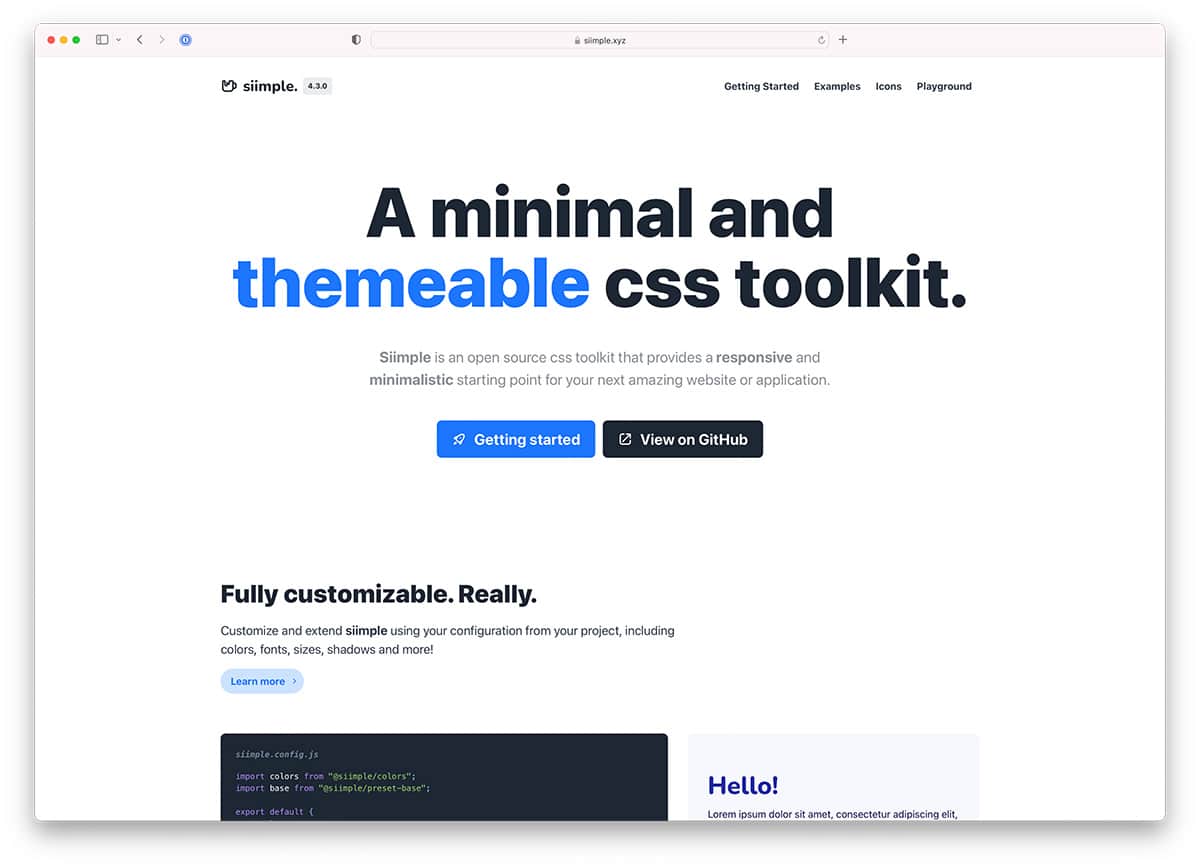
Siimple is a concise, flexible, beautiful, minimal, front-end CSS framework that is the foundation for building FLAT and clean design web pages. Sometimes, it’s the simple things that make a good website. The actual framework is built only with 250ish lines of code. You can also zip it down to 6KB in total size. It will be useful for starters who need a base framework to experiment freely.
License: MIT
12. Pico

Pico.css is yet another open-source CSS framework for semantic HTML. It uses native HTML classes where possible, meaning it has only 10 of its own .classes. It has no dependencies or JavaScript files, which makes it truly lightweight. Pico is fully responsive and has both dark and light mode that you can use for your upcoming project.
License: MIT
Bootstrap vs Tailwind CSS – Which One Is the Best?
Here is a comparison table between Bootstrap and Tailwind CSS:
| Feature | Bootstrap | Tailwind CSS |
|---|---|---|
| Approach | Component-based, provides pre-designed components like buttons, navbars, etc. | Utility-first, focuses on small utility classes to build custom designs |
| Customization | Provides basic customization through Sass variables and mixins | Highly customizable through CSS variables and @apply directive |
| Styles | Opinionated, has default styling for components | Unopinionated, no default styling |
| Learning Curve | Easy to learn and use | Steeper learning curve |
| File Size | Can have large CSS file size | PurgeCSS removes unused styles for smaller file size |
| Responsive Design | Includes responsive grid system and utilities | Focused on mobile-first responsive design |
| Theming | Has built-in theming capabilities | Can create themes using CSS variables |
| Accessibility | Provides some accessible components | More flexibility to build accessible components |
| Browser Support | Supports all modern browsers | Same broad browser support |
In summary:
- Bootstrap offers pre-built components that are easy to use but less customizable.
- Tailwind CSS requires more learning but provides greater flexibility and customization through utility classes.
- Bootstrap has larger file sizes while Tailwind CSS can optimize unused code.
- Both frameworks focus on responsive design and have wide browser support.
FAQ: Best CSS Frameworks
The fastest-growing framework is Tailwind CSS. Although it is still far behind Bootstrap in terms of the total number of websites built using this framework, it is quickly gaining traction.
CSS alone cannot be used to hack a website or harm a server. However, it’s worth noting that CSS can be used in conjunction with other web technologies to potentially exploit vulnerabilities in a website or server. For example, if an attacker can inject malicious CSS code into a web page, they may be able to use it to steal sensitive data or execute other malicious actions. This type of attack is known as a “cross-site scripting” (XSS) attack.
The choice between Bootstrap and Tailwind depends on your preference, project requirements, and the development team’s skillset. Bootstrap may be a good fit if you prefer a more out-of-the-box solution and don’t mind a bit of extra markup. If you prefer a more flexible and customizable approach and are willing to invest time in learning the utility classes, Tailwind may be a better choice.
There are many great tools for building websites, regardless of your level of expertise. Here are the best open-source website builders tested and reviewed.
Choosing the Best CSS Framework for Your Next Project
CSS is an evolving language. Keeping up to date with the latest revelations can sometimes be rather difficult. A framework helps to bridge the gap between having to write every single query yourself. It also provides you a library so you can do it yourself. CSS frameworks fall under many categories, including typography, CSS reset, UI elements, global styles, and responsive grids. You can use them separately or combined for a rapid website building environment or prototyping.
Most of today’s newly built CSS frameworks guarantee the inclusion of responsive design patterns for rapid development. CSS frameworks are also great at solving problems between cross-browser and cross-device compatibility. This ensures that your websites look equally good on any device trying to access it. CSS frameworks allow developers to work on a project in a team environment. They can do this at a much quicker pace. This allows them to save up some development time, and ultimately save budget.
You can also build your CSS framework. This can propel your learning experience with the language, and you will have a much clearer idea of how to build other frameworks.

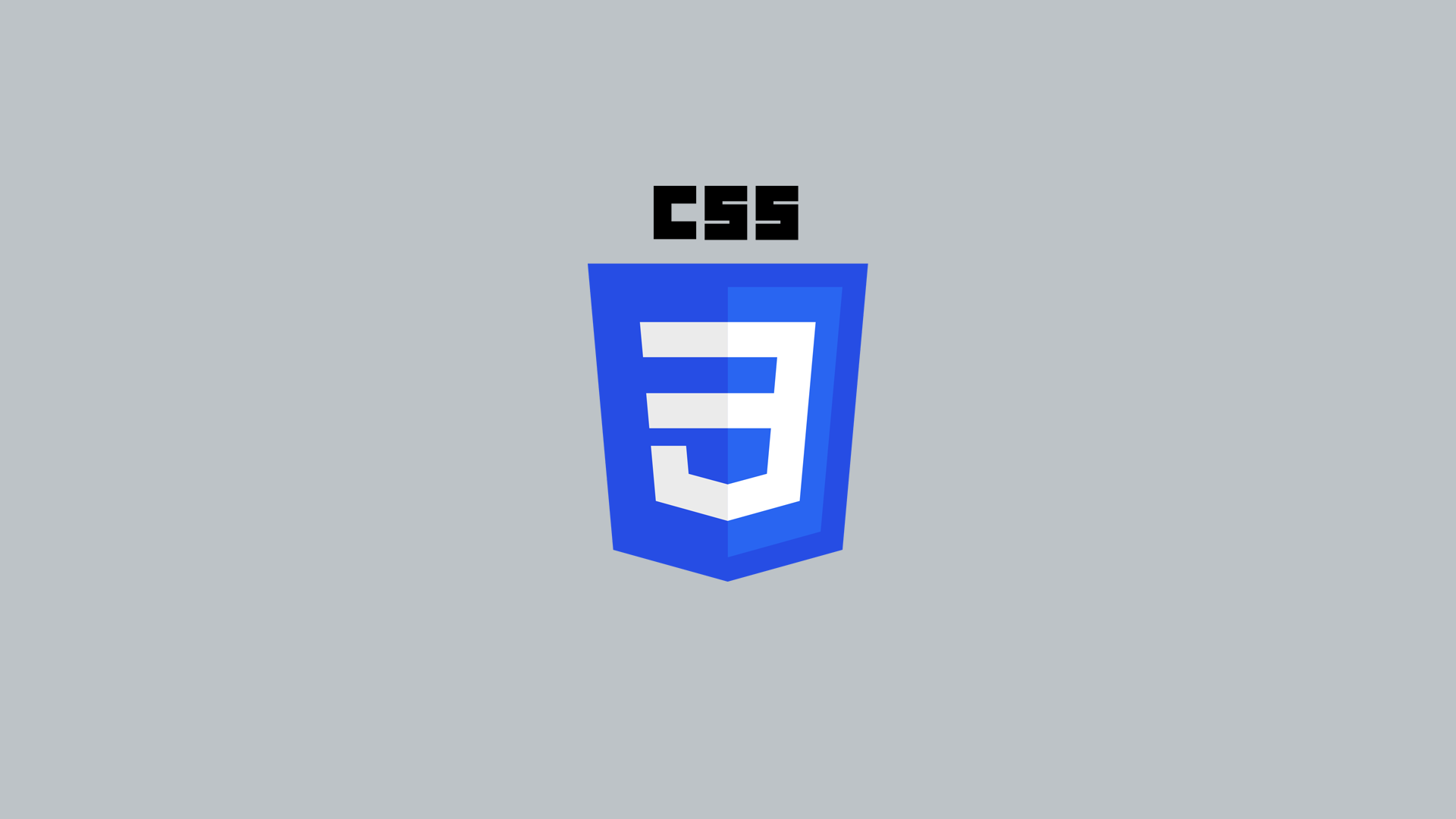


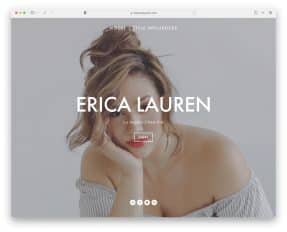
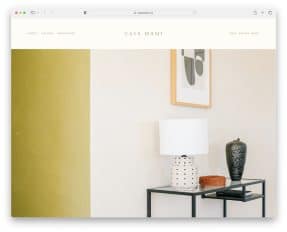


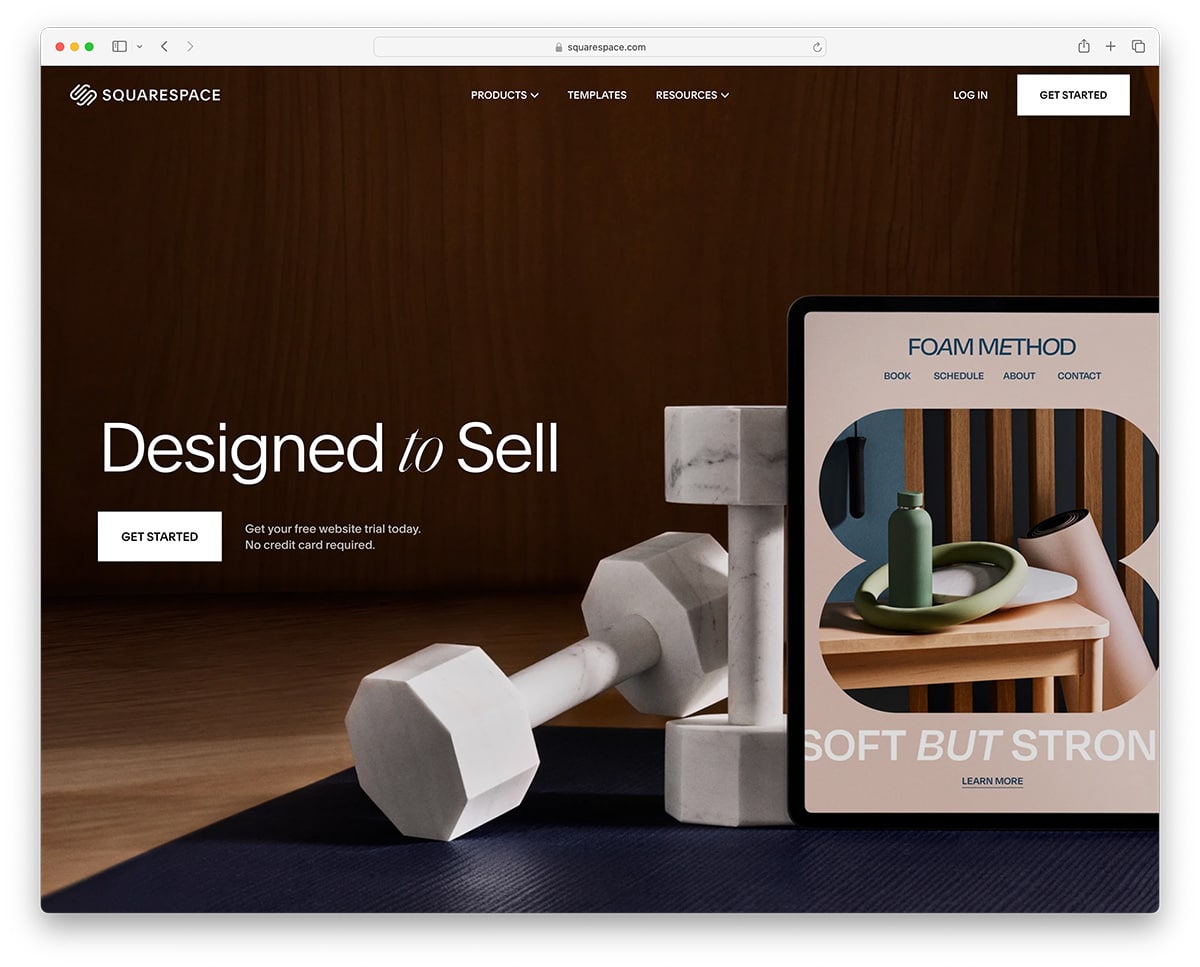 Create a Website in Minutes With Squarespace!
Create a Website in Minutes With Squarespace!
material is shit. I used it in one of my wordpress theme project and had gone through lot of trouble. for pc and rich html5 browsers it is good but it just doesn’t cope with low end browsers like opera mini which is used by a great number of smartphone users because of it’s data saving policy. If you are going to make a responsive website with variety of mobile browser support, just don’t work anything related to material.
WOW, do you want to have effects in opera mini?, probably an interesting framework is cascade framework, is the best for shit like IE and Opera mini. I think you had to investigate deeper before start a project, in my opinion material is an excellent framework for chrome, safari and firefox, It’s not the purpose of material works in all browsers, and in general could work perfectly in 90% of devices (chrome, safari and firefox) .
Hey, thanks a lot for include my little project !!
responsive cat is my baby 😉
There is a framework that adds new features to CSS like mixins without compiling the code.
Hello can all these frameworks be used in an Apache cordova project?
so many amazing css framework, it is so difficult to choose one
Choose what works and learn what you need to when you need it Sir or Ma’am with all due respect 🙏🙏
I think you need to add this one to your lists. It is a complete CSS framework that work just fine without recourse to JavaScript. The framework works perfectly with over 2000 plugins and independent module all built in CSS. It is 100% CSS no JavaScript.
I personally have used it to create a lot of website templates with ease. Any one can give it a try g16framework.org
Hello, thanks for this list! I’m gonna give Semantic UI a go.
There’s also Office UI Fabric to include.
I have been using Bootstrap 4.0 and I like a lot, Its easy to use and has a big comunite that develop extra scripts that improve the website.
I am using Shapess. I have found its very much light, developer friendly, and dynamic. I have already built two websites with this. I more i dig deeper the more i like it. Classes are look like .no-shadow, no-hover, and you are done. You can check out documentation.
Thanks. But, no Bulma? I’ve fallen in love with it. I wish there were more frameworks that conform to various OS styles.
Good list. My favorites are Cirrus and Tailwind.
– https://www.cirrus-ui.com/
– https://tailwindcss.com/